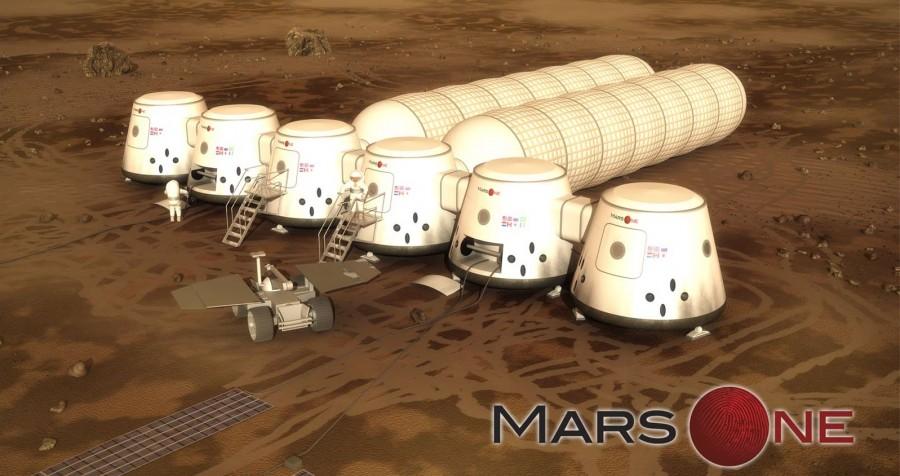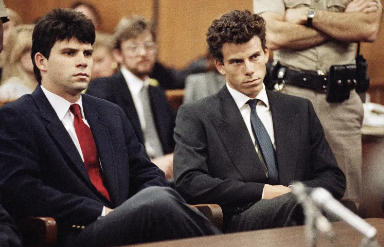Trip of a lifetime
Have you ever wanted to travel to Mars? Currently, NASA is working on a program that will send regular people like you and me onto the planet Mars to start a new colony. The catch is that since it is so far they will be unable to return to Earth as the planet is over 200 million miles away. This project is a massive one, but it’s not far out from becoming reality.
According to their website, crews or teams of four will depart every two years starting in the year 2024, but the first unmanned mission for the program will launch in 2018. This unmanned trip will hopefully prepare them for the daunting task as it looms around the horizon. NASA has been planning this trip since Mars One was founded in 2011 and has already announced the 100 people or “Mars 100” who will be taking on this journey. On top of that, the entire list of candidates is on the webpage as well. These people together make up a very diverse group of men and women who range from old to young and include several different ethnic backgrounds.
This mission is also going to be using only equipment and technology that is currently existing. This means that they are not funding any amount of money to discovering new methods, but rather reinventing the ones we already have to better suit the colony.
However, despite the hype that this is receiving, many people are skeptical about the mission calling it a hoax or a dream. MIT recently did a study and hypothesized that the crew would suffocate within months of touching down. Bas Landorp, the CEO of Mars One responded, “The study is flawed, the company won’t risk human lives until they are confident in their technology, but still, there is no safe mission to Mars, it’s impossible to eliminate all the risks”. Senior Chris Henry said, “I think it is a waste of time, money and human life.”
Perhaps the most astonishing thing about this entire adventure are the people that have been selected to go. Many of them have husbands, wives, children and families in general that they tend to on a daily basis. For example, Kellie Gerardi believes that she has a calling to enter into space before she dies, even if that means leaving her loved ones behind forever. When interviewed she said, I know for a fact that no matter what, in my lifetime, I’m going to space. The 26 year old women is newly engaged and oddly enough her spouse says he is ok with her decision.
The training, which started this year, for these explorers has been split up into three categories including technical, personal, and group training.
Technical training includes the more advanced ideas such as being able to do all the repairs and the ability to identify and solve problems. At least two astronauts will be required to learn an extensive amount of background research on all things dealing with health. One will study in geology while the other will learn about the biology of alien life or “exobiology”.
Group training revolves around helping the astronauts to cope with straining environments. They will have to be able to be in a confined space for an extended amount of time with limited amount of movement. In addition to that, they will also have to get used to talking with people through monitors rather than face-to-face. Although it may not seem like a big deal, this can have a major psychological effect if not taken seriously. Thankfully, the contestants who were chosen were picked because of their personalities and their resilience to issues such as this.
Finally, the most interesting part is group training. This section includes the actual immersion of the men and women into space through simulation. Through this they will learn the most basic ideas of how to work as a team. They will be forced to make sure their food supply is strong enough to survive and other things of that nature. There are also different levels to these simulations with some of course being much more challenging. The overall goal of this is to ensure that the astronauts are prepared for their upcoming journey.
Mars one is just one of the many things that humans are doing in the very near future. Whether it be automated cars, working robots, or sending people to live on another planet, somebody is always challenging the limits with new and innovative ideas.










